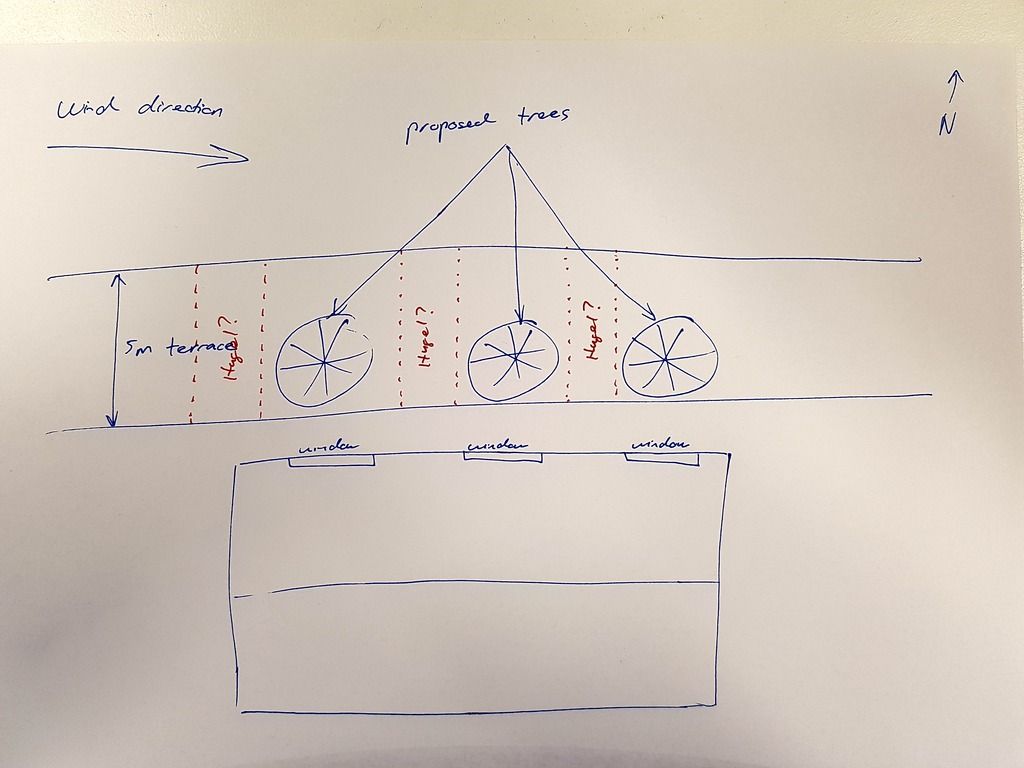








find religion! church
kiva! hyvä! iloinen! pikkumaatila
get stung! beehives
be hospitable! host-a-hive
be antisocial! facespace
 1
1




Brenda
Bloom where you are planted.
http://restfultrailsfoodforestgarden.blogspot.com/








 1
1




http://citylivingnaturally.com
A sustainable approach to life in the city




 1
1




 1
1








Work smarter, not harder.




we have to forest our farms and farm our forests
















Permaculture and Homestead Blogging on the Traditional Catholic Homestead in Idaho! Jump to popular topics here: Propagating Morels!, Continuous Brew Kombucha!, and The Perfect Homestead Cow!




www.yardenofeden.org
Where Philosophy meets the Farm: an approach to sustainable living.




 1
1




www.yardenofeden.org
Where Philosophy meets the Farm: an approach to sustainable living.





Patience with my ignorance is required as this new to Growies old lady tries to build a food forest in the arid high desert. Thank you for all the advice. 
 1
1




yet another victim of Obsessive Weeding Disorder




Country oriented nerd with primary interests in alternate energy in particular solar. Dabble in gardening, trees, cob, soil building and a host of others.





yet another victim of Obsessive Weeding Disorder








yet another victim of Obsessive Weeding Disorder




Rez Zircon wrote:I lived in the high desert near Lancaster CA for many years. We also a lot of wind, so regularly that anything under a steady 40mph was a 'calm' day!! Our typical annual temperature range was +115F to 0F, with extremes of +122F to -10F, and max wind 84mph.
The absolute best desert windbreak tree is saltcedar aka tamarisk (it's also a good firewood producer) but it's messy and is considered invasive, tho frankly I've never seen it volunteer anywhere in the desert. It suckers thickly around the base which traps blowing sand. It will come back from any sort of abuse including being cut down to the ground every 3 years for firewood. (Yes, it grows that fast.) It's a small brushy tree with many sucker limbs when water-deprived, but I've also seen one growing right in a stream that got HUGE and looked like a regular tree. It will play dead during extreme heat, but comes right back. It is excellent quail habitat.
Eldarica pines (aka Afghan pines) are tough, twisty little trees that don't need much water and are heat and cold tolerant, tho they get much thicker if deep-watered about once a month during hot weather. (I'd just turn the hose on and let it run overnight 2-3 times per summer.) They grow much straighter and stronger if NOT braced when young, so don't give in to the temptation to tie them against the wind. They can stay thick around the base if not chewed by livestock. They can get bark beetles and host ground termites if repeatedly stressed or if there are injuries that expose the wood.
Italian Stone Pines are a tidy graceful tree of globular habit and fairly slow growth. They don't get bendy from the wind and are usually the very last to die under extreme drought. I never watered mine and it was the healthiest tree around. No pests that I ever saw.
There is a small-leaved form of Italian Cypress that does well in the desert, and tends to stay thick all the way down. I don't know the variety name but you will notice that the foliage is much finer and denser than average, and the tree's habit is narrower too (mine was still less than 3 feet wide at 35 feet tall). It is not affected by the wind and seems pretty flexible as to water requirements. No pests but will attract nesting birds.




jill giegerich wrote:The mere mention of the name tamarisk puts fear in my heart, Rez Zircon. A tamarisk was planted by the previous owner of my last house in the high desert. Lovely tree, tough as nails, bees love it. It sits about 100 feet from the septic tank. It's roots completely filled that tank and the whole system had to be replaced.
yet another victim of Obsessive Weeding Disorder




Come join me at www.peacockorchard.com








yet another victim of Obsessive Weeding Disorder

|
Everybody! Do the Funky Monkey! Like this tiny ad!
The new purple deck of permaculture playing cards
https://www.kickstarter.com/projects/paulwheaton/garden-cards
|






